30 Years of Civilization
"Just one more turn," an expression that's become synonymous with the game Civilization. It's a feeling of becoming so swept up, immersed, and engrossed in a game that hours, even days, pass by in a single gaming session without you noticing. Meals are missed. Showers become an afterthought. These simple routines are cast aside in the relentless pursuit of just one more turn.
What kind of game has captured players wholly for the past 30 years? Civilization takes the simple premise of empire-building, adds turn-based gameplay, and creates an environment where the player has control. So popular that, according to the memoir of Civilization's creator Sid Meier, players have racked up over one billion playing hours, and it's still going strong.
If you're wondering what Civilization is about, its name gives it away. You take control of a famous historical leader and grow their civilization from a single nomad settler into a bustling, modern empire of many cities. Or a nation of islands. Or a sprawling city-state. It's up to the player how the civilization takes shape. The player can choose to be a master diplomat, a nation of immense culture, a dominating powerhouse, the center of a world religion, or win the space race and be the first to leave the planet. That's what makes Civilization so attractive, so fun, so addicting.

How you win and how you play is up to you. While some ways are more efficient, there is no wrong way to play Civilization. With each turn, you manage cities, upgrade armies, improve the lands you own, command combat units, and so, so much more. As the Civilization series evolved with each new game, players had more ways to win and more ways to customize the way their nation expanded. There's almost unlimited replayability. No two games of Civilization are ever the same.
Among gamers, particularly simulation or strategy gamers, the name Sid Meier is a mark of quality. Civilization wasn't the first game Sid created, far from it, but it was the first game he created that achieved massive success. Sid Meier founded MicroProse with his business partner in 1982 when video games were still in their infancy. MicroProse developed, mainly by Sid himself initially, games for the Atari.
There were fighter plane simulators, platformers, and 2D shooting games. Sid has long advocated that games should be fun for the player first and foremost, one of the core philosophies he uses when creating games. Sid's pioneering approach to game design and the Civilization franchise helped bring gaming from a niche entertainment market to a mainstream art form.
Let's turn the clocks back over 30 years and look at the game Civilization's journey...
Civilization (1991)
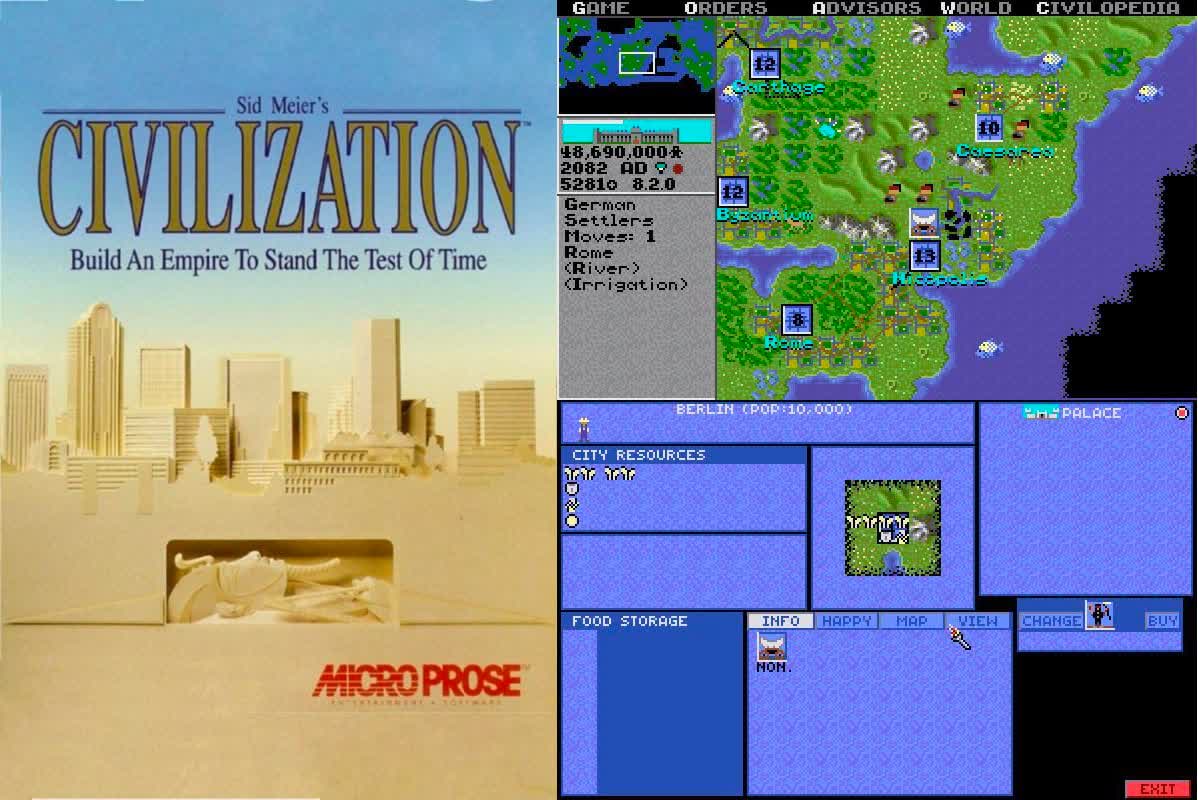
The genesis of Civilization occurred while Sid Meier's popular game, Railroad Tycoon, was under development. Both games represented a departure for Sid and MicroProse from the flight sims and shooters they had previously produced. According to Meier's 2020 memoir, there wasn't much initial interest in publishing games like Civilization. The company seemed to use Sid's name in the titles of games management was skeptical would sell. However, history proved them wrong once the first version of Civilization hit the shelves.
But Sid faced a critical question. The initial prototype of Civilization was good, but not outstanding. He had primarily created it while on leave after the birth of his first son. Sid worked on this rough prototype of Civilization during the quiet evening hours when his newborn son slept. Unfortunately, the real-time pace employed in Railroad Tycoon didn't suit his new game.
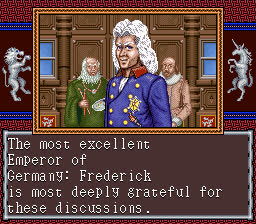
The solution was inspired by a Formula 1 race he watched in the hospital after his son's birth. By transitioning Civilization to a turn-based format, the player suddenly became actively engaged. Much like in racing, every decision now held the potential to alter the course of the game. Further, hiding the map fostered a sense of adventure and mystery, spurring the imagination about what might be next. As these core changes were swiftly implemented, the prototype began to morph into the game Civilization fans might recognize today.
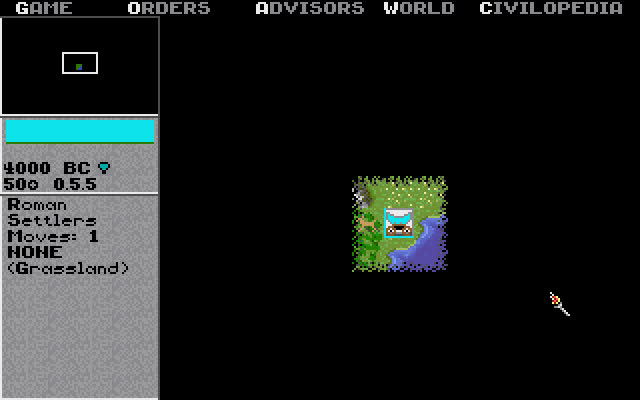
As Sid recounts, he gave his brother a copy of a new prototype to play – he had previously play-tested some of Sid's earlier titles during high school. Still far from completion, Sid realized he was onto something when his family didn't see his nephew for hours – he was hooked. According to his memoir, Sid recognized that "simple plus simple equals complex."
As the prototype circulated among MicroProse employees, Sid was inundated with feedback and requests. Eventually, he sought the help of Bruce, the only other developer assigned to the project, to act as a gatekeeper to his office. Developers would stay long after regular work hours to play the latest Civilization prototype. It was clear that this was more than just another game – Civilization had the potential to be something special.
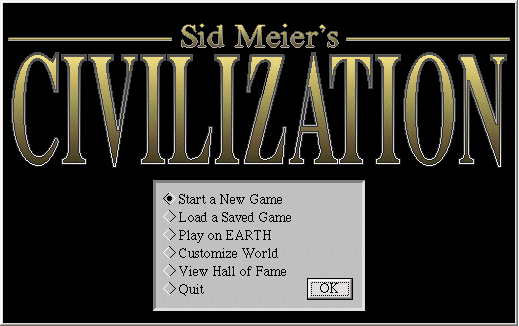
Despite this early success, and after several prototypes, Sid and his co-developer faced resistance from his business partner and the MicroProse board. They had indulged his railroad experiment and now wanted to move on to a different type of game which his partner, Bill, believed would have a broader impact. Sid, however, remained steadfast in his convictions about what constituted a good game. The result was pseudo-split within the company, allowing Sid to pursue his desired developments while MicroProse chased other opportunities.
Had Sid not held firm, even risking his stake in MicroProse – the company he had co-founded – Civilization might never have been created. However, he stood his ground and the inevitable divergence in creative direction occurred so smoothly that those not directly involved likely didn't notice any change.
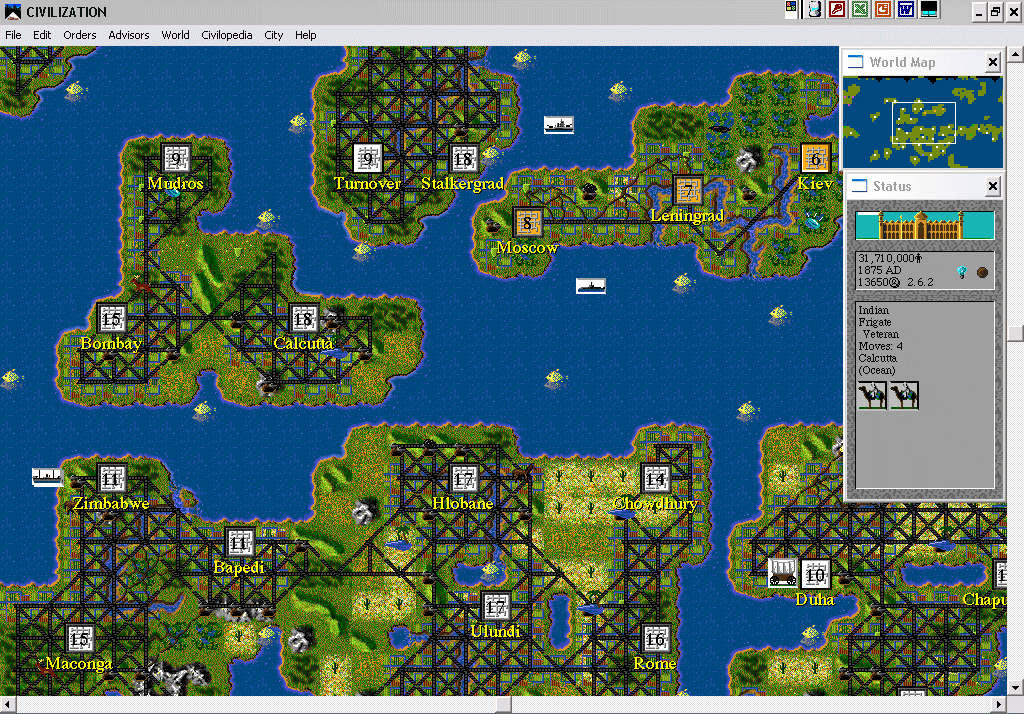
Civilization would go on to become the first game from MicroProse to achieve massive mainstream success. Initially, it didn't cause a stir, but momentum quickly built as word of mouth spread. The game was a tremendous success, exceeding even Sid's ambitious expectations, turning him and Civilization into household names.
A flood of rave reviews followed, overwhelmingly positive. Civilization won so many awards that they stopped celebrating them, and Sid Meier was catapulted into the public spotlight.
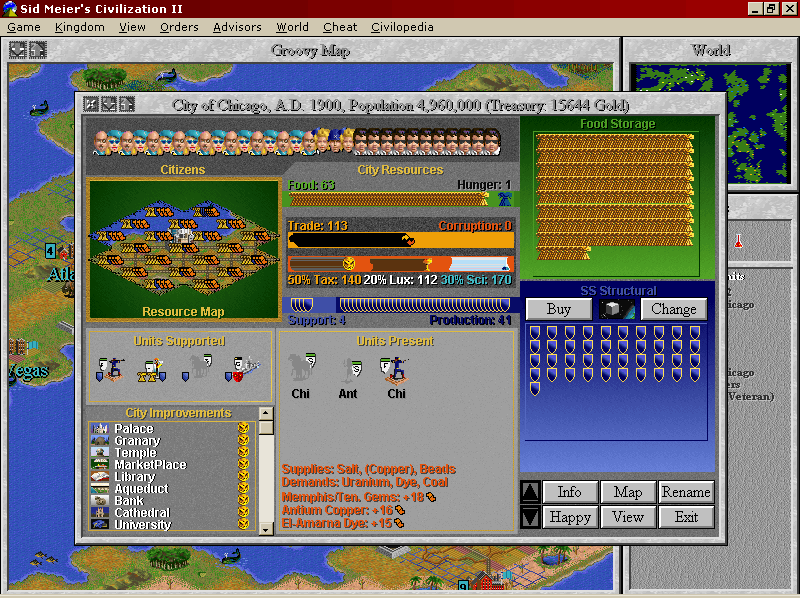
The first version of Civilization laid the groundwork for the game many know and love today. It introduced fourteen playable civilizations and allowed players to guide their empires from 4000 BC to 2100 AD (in its original version).
The game brought forth the concept of a technology tree, allowing players to research and advance their civilizations through different eras. Players could vie for science or domination victories, either by accumulating points or by accomplishing the end goals of each victory condition. Furthermore, Civilization included world wonders, challenging players to race to construct famous landmarks, each unique and offering bonuses upon completion.
It wasn't long before players started begging for more.
Civilization II (1996)
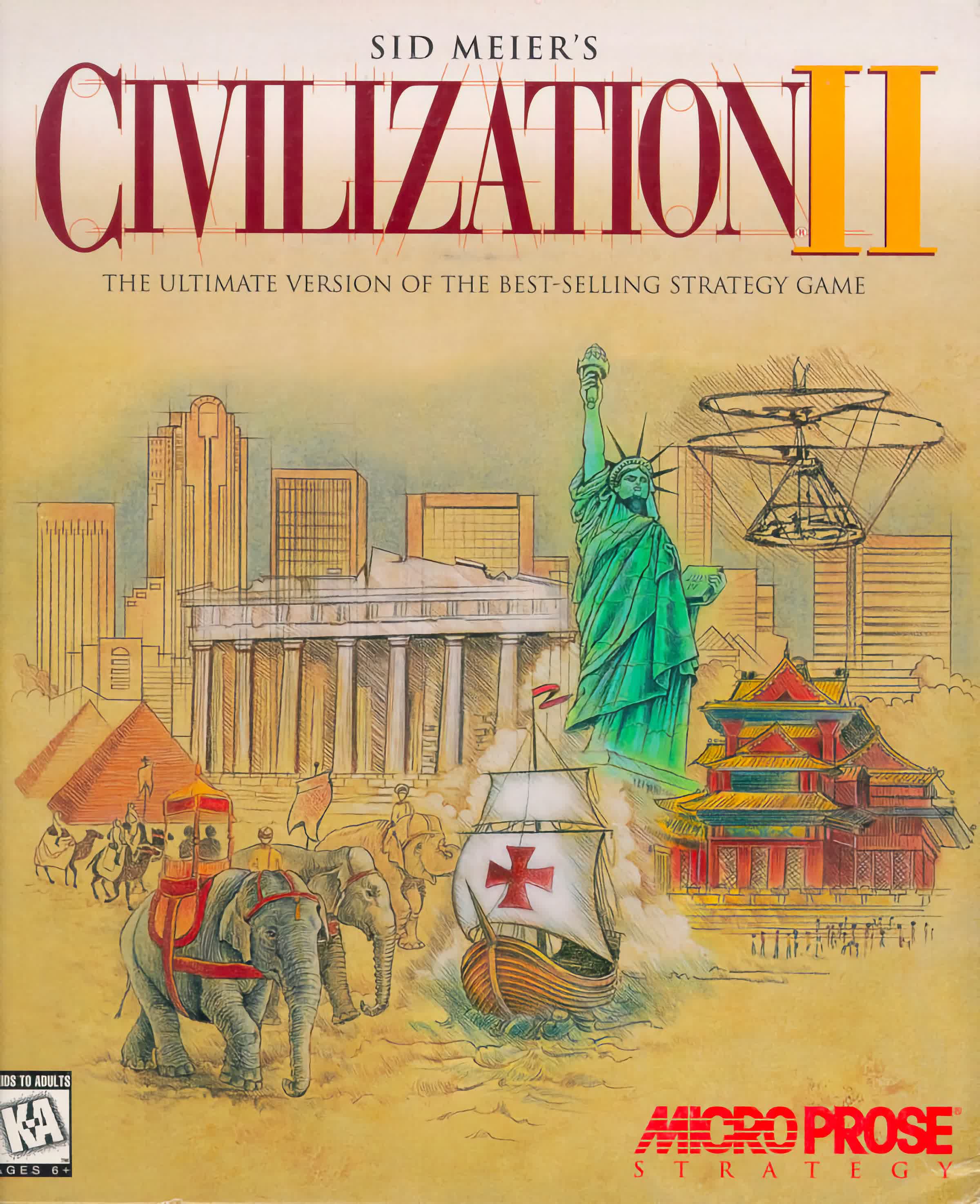
After the resounding success of Civilization, fans quickly started clamoring for more. At the same time, MicroProse executives realized the potential profits to be made in the strategy genre. However, unlike the first game, Civilization II wasn't developed by Sid Meier.
The stress of his success led to what Sid himself refers to as burnout, diminishing his energy and passion for video games. Someone else needed to helm the next installment in the Civilization franchise, and there was only one person Sid trusted with the task: Brian Reynolds. Although Civilization II (and subsequent titles) bear Sid's name, he has played no more than a consulting role in their development.
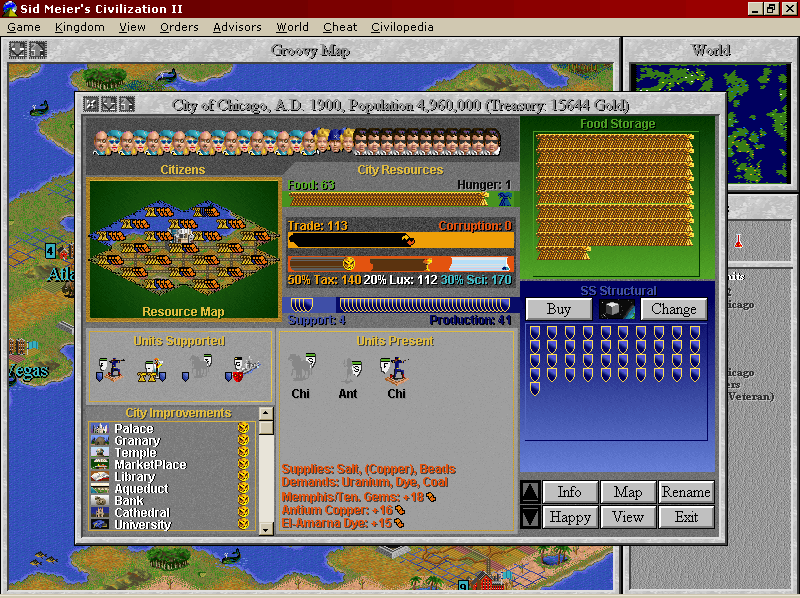
Brian had just completed another game which bore Sid Meier's name: Colonization. Inspired by but unrelated to Civilization, Brian primarily led the design and development of the game, while Sid provided feedback. Initially, Sid resisted having his name associated with the title since it wasn't his creation, but Brian and MicroProse insisted.
The same held true for Civilization II, although Sid played a more prominent role in guiding its development. Brian took what the original Civilization game had accomplished and expanded upon it. He increased the number of civilizations from 14 to 21, vastly broadening the options available to players. However, Sid resisted the one change that would eventually blossom into the game customization we appreciate today.
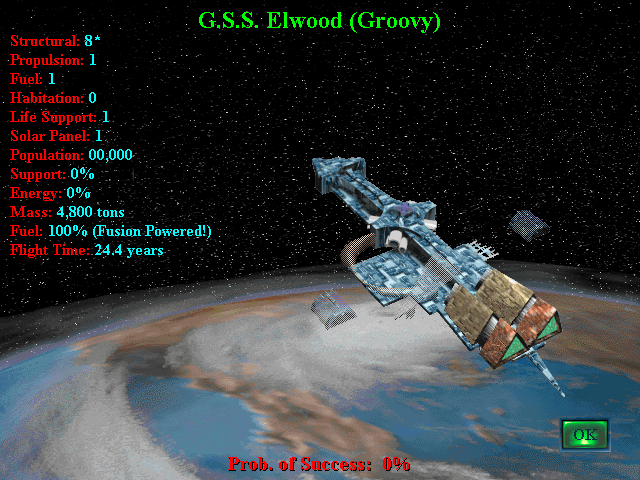
Modding, as we know it today, was introduced in Civilization II with the implementation of a cheat menu. This cheat menu allowed players to alter many of the core gameplay mechanics and then share their customizations with the community as custom scenarios.
The results were staggering, leading to the birth of player modifications. Using this early form of a mod editor, players created historical reenactments of significant wars, battles, and events. The creativity and fun complemented the core gameplay, disproving even Sid's initial reservations.
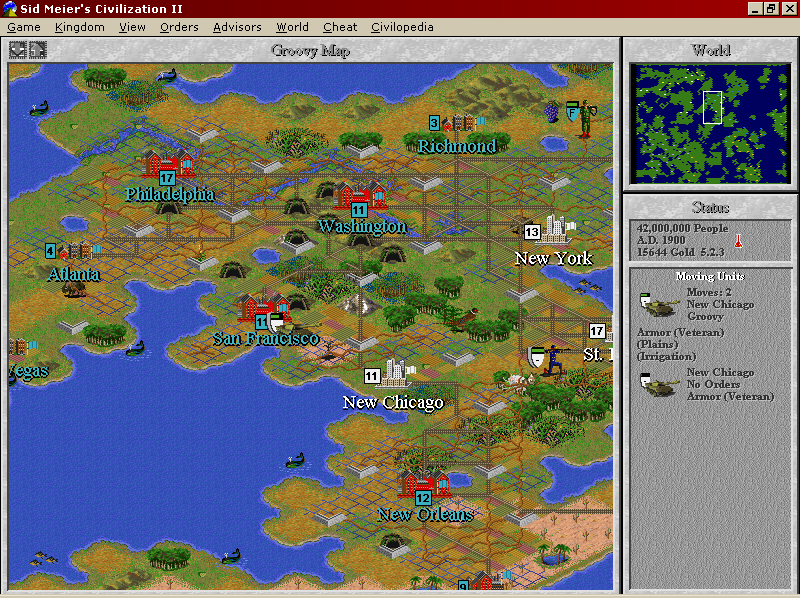
The scenario editor and the community content it enabled became such an integral part of the game that the first expansion, Conflicts in Civilization, allowed players to add scripted features to scenarios, such as variables, triggers, and network functionality. This expansion also added 20 scenarios to Civilization II, including eight hand-picked from community creators.
A second expansion introduced more scenarios to Civilization, drawing inspiration from previously published MicroProse games. In 1998, MicroProse re-released Civilization II as Civilization II: Multiplayer Gold Edition. It included the previous two expansions, added multiplayer capabilities, and incorporated tweaks to support Windows 95.
A 1999 re-release and update of Civilization II, dubbed Civilization II: Test of Time, was published to compete with Sid Meier's Alpha Centauri (more on that later).
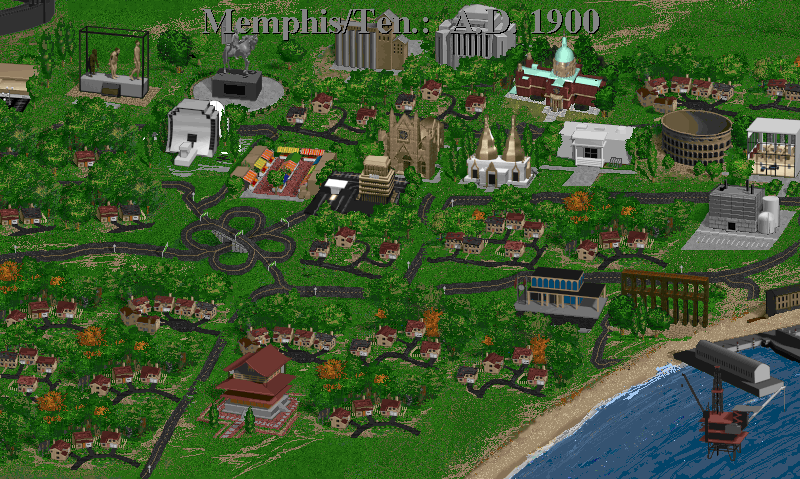
While Civilization continued to be a commercial success, relationships within MicroProse reached a critical juncture. Soon, the key individuals behind Civilization left MicroProse to found Firaxis. The future of the Civilization series was thrown into legal limbo as a battle for the rights to the Civilization franchise license ensued.
Civilization III (2001)
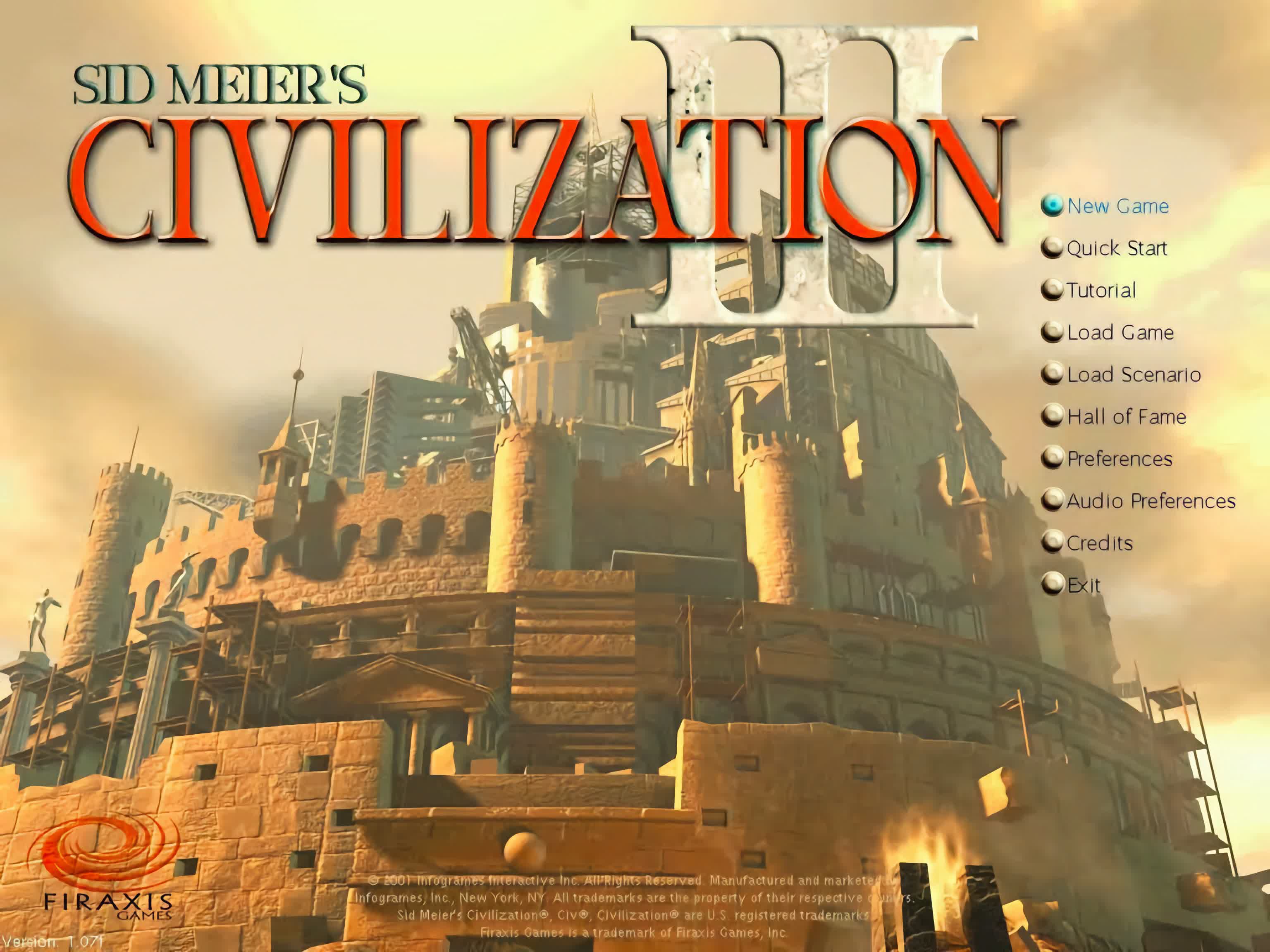
It's hard to talk about Civilization III without acknowledging the existence of Alpha Centauri. Created as a spiritual successor to Civilization II by Sid, Brian, and other Firaxis founders, Alpha Centauri emerged because their new company didn't own the license to the Civilization name. However, our focus for now is on the primary games in the franchise. We'll delve into games like Alpha Centauri further below.
Civilization's popularity had started to spawn imitators from other studios. Since the original game developers had split from MicroProse to form their own company, they no longer held the license to the Civilization name. Nevertheless, through a convoluted series of acquisitions, the team at Firaxis found themselves reclaiming the license to the Civilization series.
Jeff Briggs and Soren Johnson, a designer and programmer respectively, undertook the task of designing the next sequel under the guidance of Sid Meier. By this time, Sid had developed a formula for game sequels at Firaxis games, which all Civilization titles (and all other Firaxis sequels) would adhere to. It's famously known as the rule of thirds: any sequel should retain one-third of the existing content, introduce one-third of improvements, and feature one-third of new content.
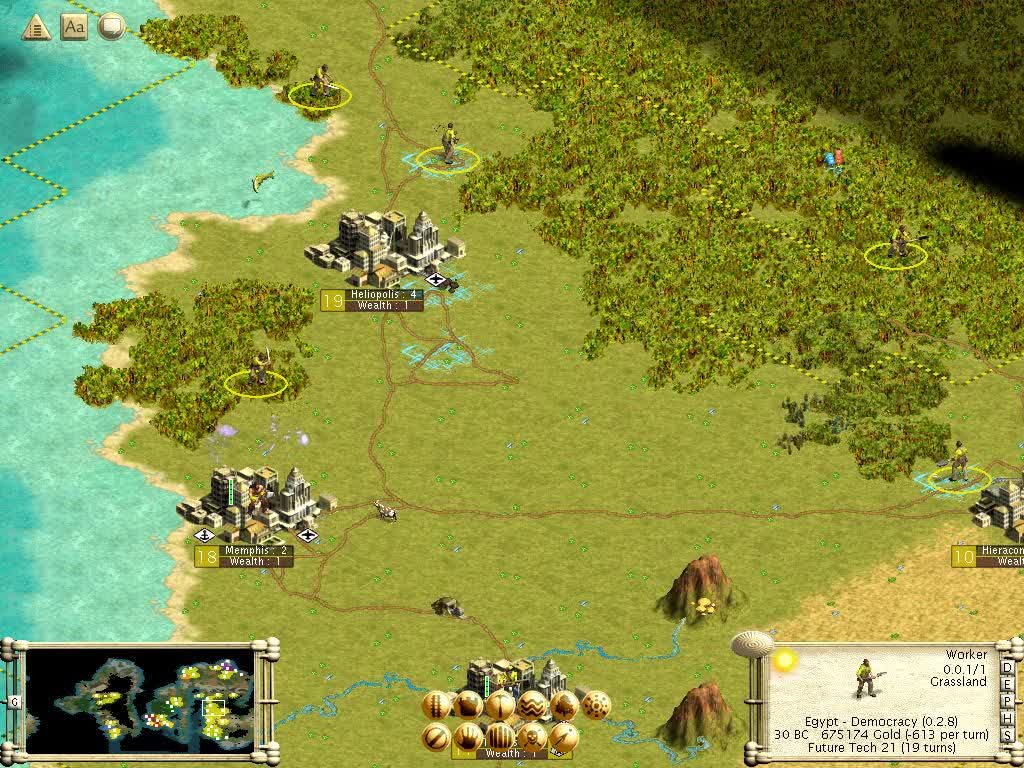
The results were evident in Civilization III, a game that preserved much of the core content that players had grown to expect while innovating enough to keep things interesting. Civilization III added three new victory conditions: diplomatic, cultural, and conquest.
Conquest required players to control a certain percentage of the map, while diplomatic and cultural victories provided players with new, non-combat ways to win. Civilization III also introduced small wonders, similar to world wonders, but limited to one per civilization. Alongside adding gameplay mechanics to track how a civilization generates culture and diplomatic favor, Civilization III cities produced corruption and waste, each affecting production and happiness.
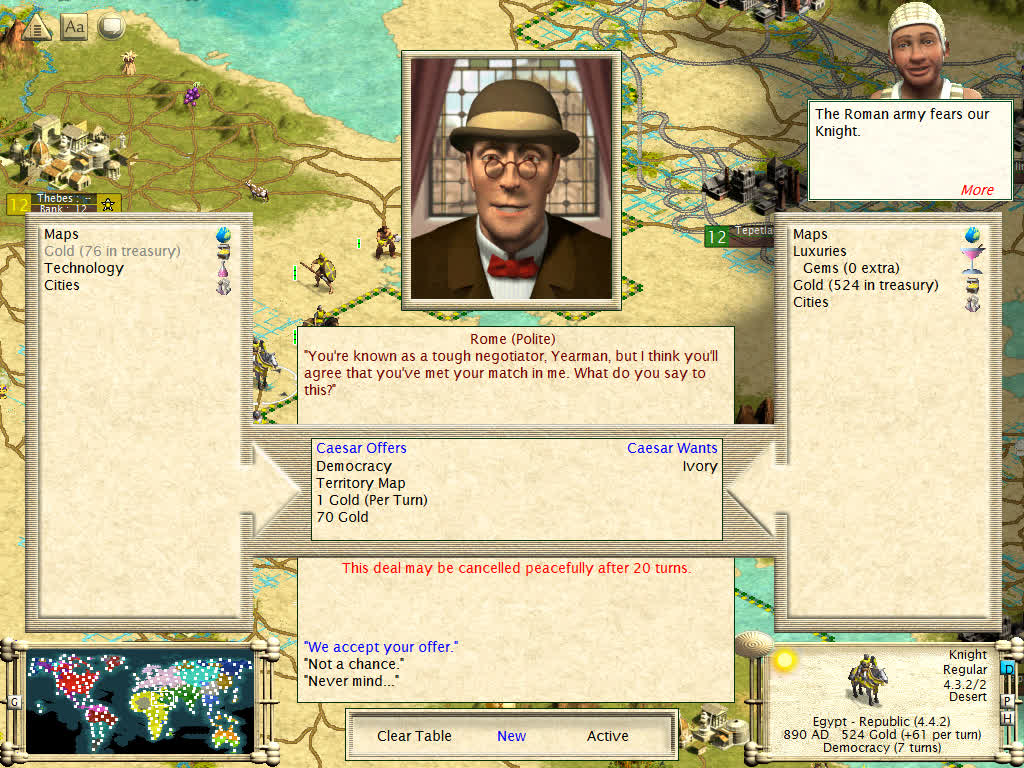
Every good game deserves follow-ups, and two expansion packs enhanced the gameplay of Civilization III. Play The World, released in October 2002, introduced multiplayer functionality, albeit with some peculiarities. In addition to expanded multiplayer functionality, Play The World added new units and eight new civilizations to the already extensive roster.
Released in November 2003, Conquests contributed another eight new civilizations, two new government types, and a couple of new traits: seafaring and agricultural. Existing civilizations received a tweak to incorporate the new traits, altering the strategies players could adopt.
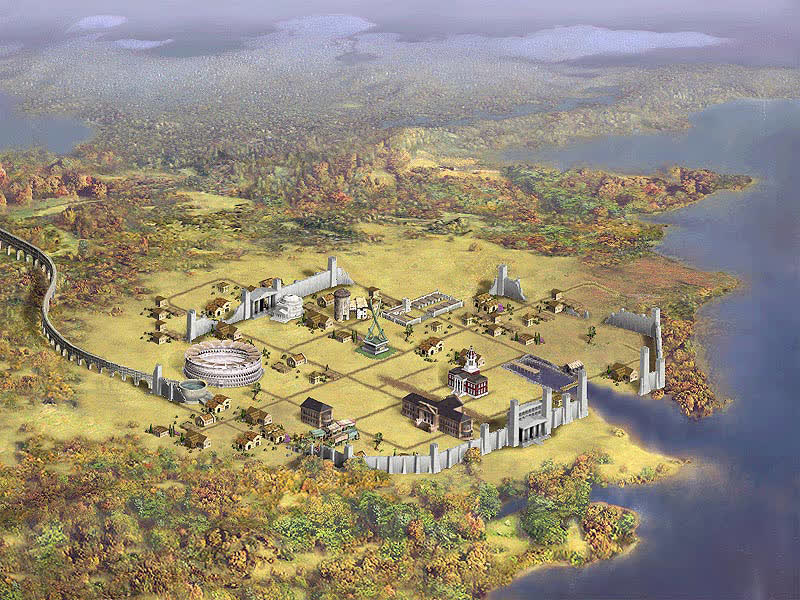
Civilization III launched to record-breaking sales numbers and bagged several Game of the Year awards, adding to the franchise's existing accolades. Despite the legal challenges, the Civilization franchise returned to its original creators and continued to build its legacy with Civilization III.
Civilization IV (2005)
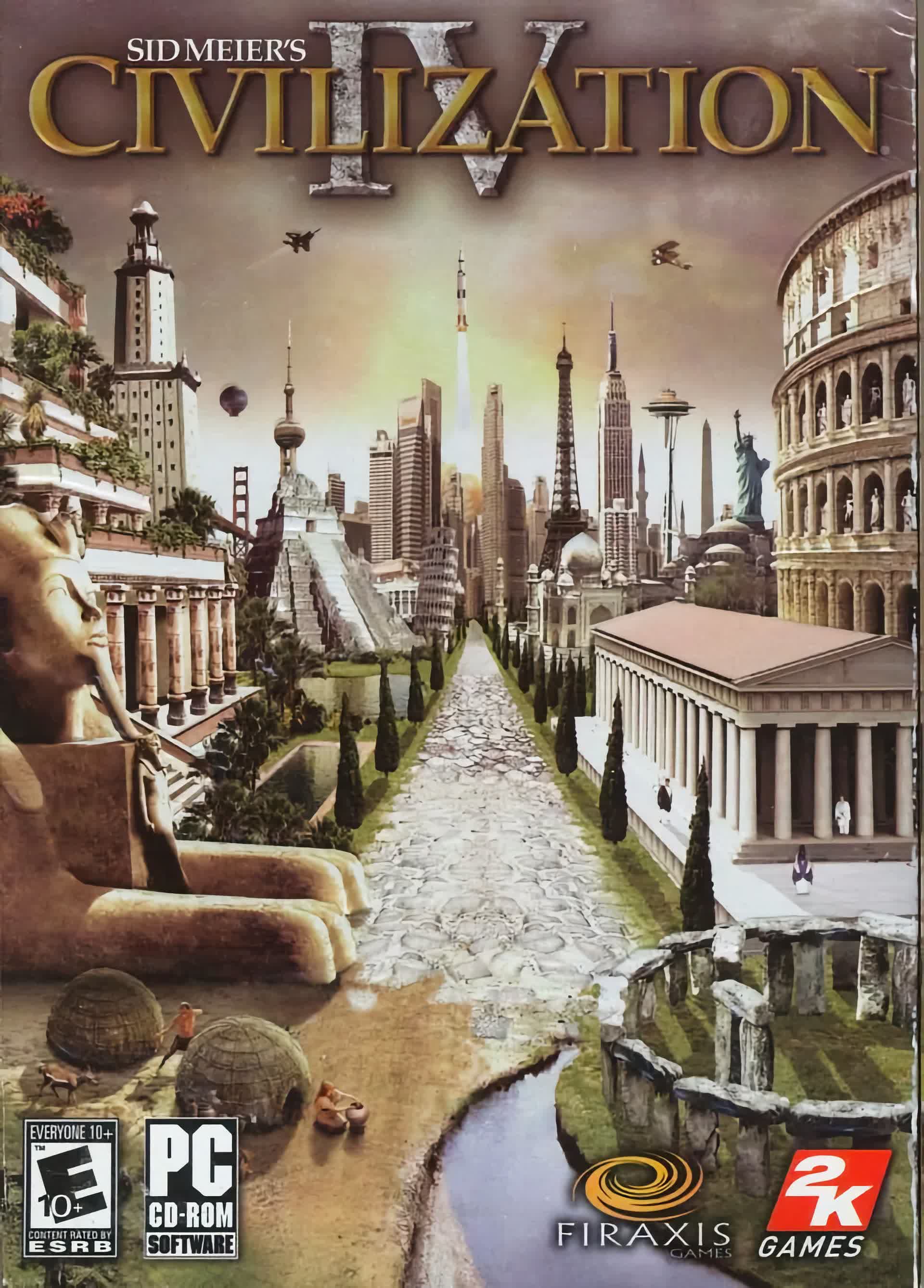
In the early 2000s, the video game industry had made significant strides as an entertainment art form. Larger production values and budgets led to bigger revenues. However, outside the game industry, mainstream culture didn't yet consider video games as an art form on par with TV or movies.
But impressive soundscapes and soundtracks had begun to shift this cultural perception. In this environment, the remarkable soundtrack of Civilization IV made waves.
Having already worked on Civilization III, lead designer Soren Johnson reached out to his old Stanford friend, Christopher Tin, asking him if he'd be interested in composing the title for Civilization IV. Tin, a talented composer who was early in his career, had poured countless hours into the copy of Civilization III that Soren had gifted him a few years earlier.
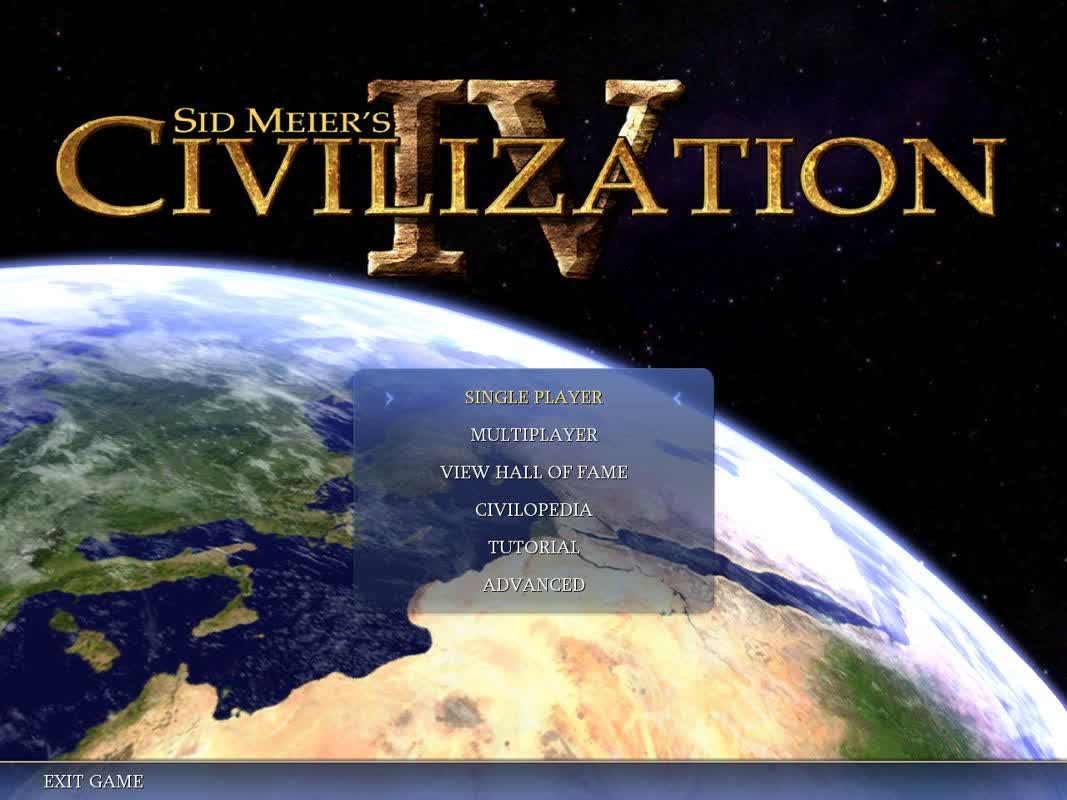
According to Tin, it was an easy yes. While writing this feature about 30 Years of Civilization, we had the privilege of sitting down with Christopher Tin to discuss Baba Yetu and video game music (an article around the interview is now live). Tin was the perfect composer for the job, not just because he was already a fan but also because his recent experience with Swahili music was an excellent fit for the music brief.
Moreover, Tin enjoys creating music for strategy games more than any other genre. By choosing Tin, Civilization IV's theme was set up to introduce people outside the gaming world to the wonders of video games.
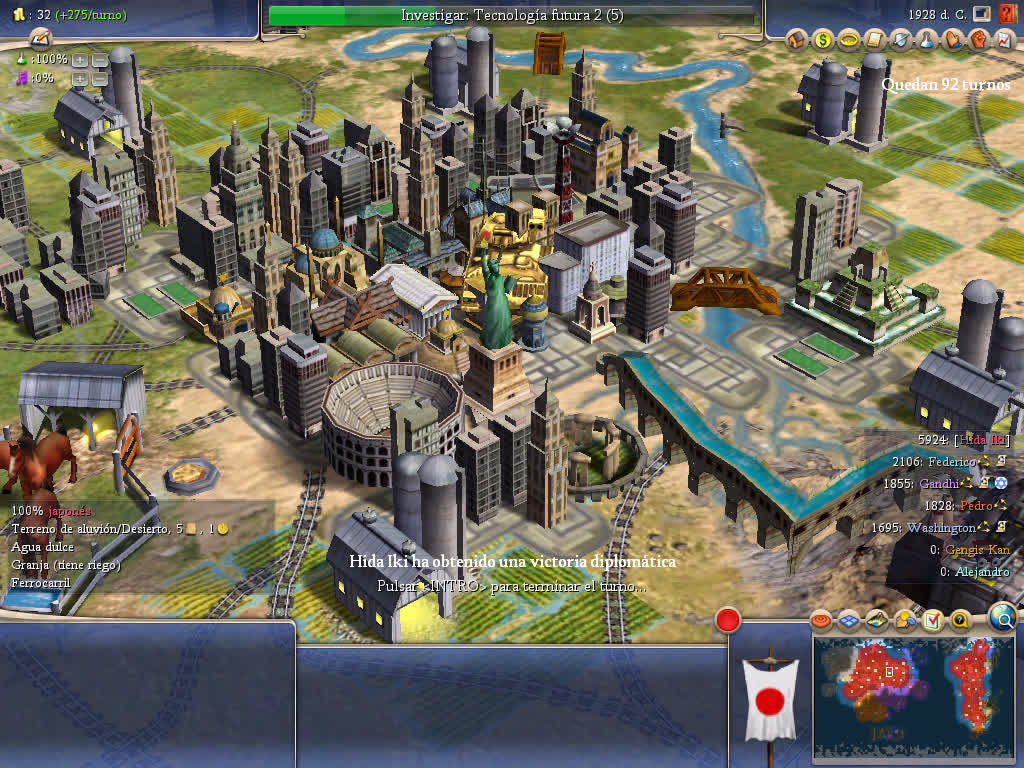
Baba Yetu did more than set the stage for Civilization IV. In 2011, Baba Yetu became the first piece of video game music to win a Grammy. It also catapulted Tin's career, who went on to compose the theme for Civilization VI and several other games, winning Grammys for his own projects as well.
He personally experienced the growing acceptance of video game music into the mainstream classical music world, recently being selected as a guest presenter of the Scala Radio Residency. In the end, Baba Yetu proves that of all the parts of a video game, its music can transcend the medium and become a standalone entity. The countless Baba Yetu covers, unconnected to Civilization IV, serve as evidence.
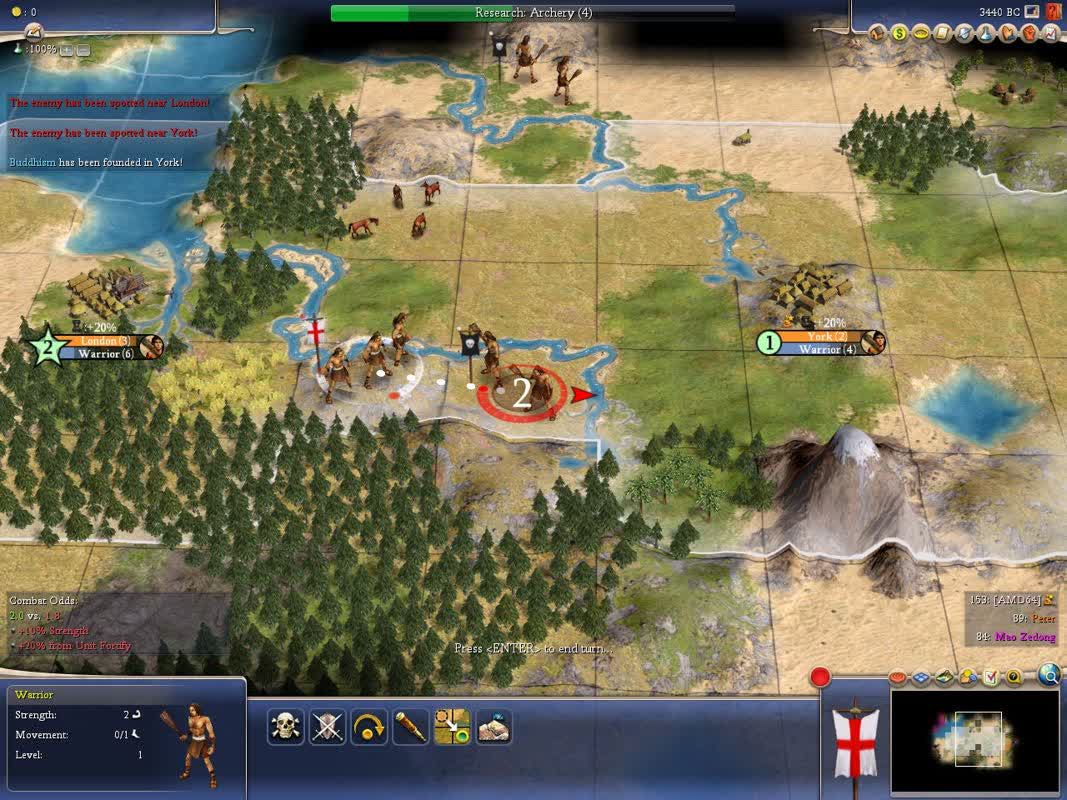
Civilization IV sold over one million copies within five months of its release, won several awards, and garnered an average score of 94 on Metacritic. Robust sales eventually pushed total sales past three million copies. Civilization IV's enhanced 3D graphics and AI opponents make it one of the most popular Civilization games to date.
Civilization IV introduced some of the most robust modification systems the franchise had seen, granting players access to XML files and an SDK to create comprehensive mods. Civilization IV also introduced an improved multiplayer system, significantly enhancing the way players could interact with each other in-game.
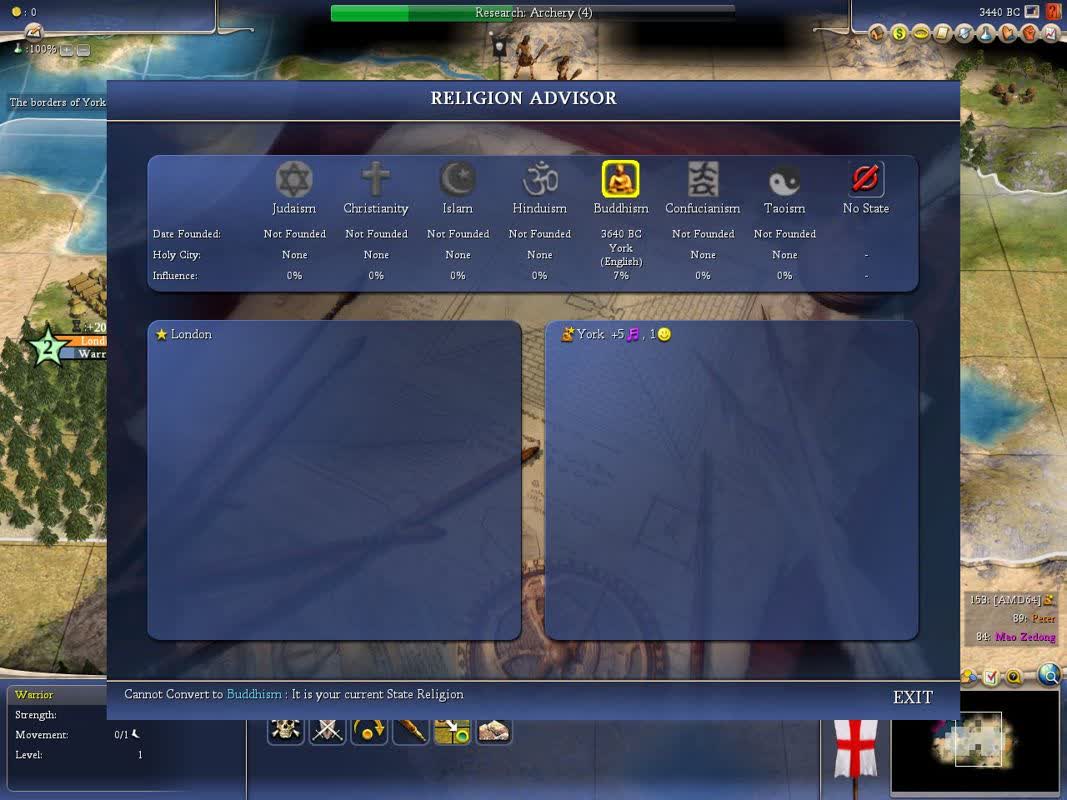
In July 2006, Firaxis released the first expansion, entitled Civilization Warlords, adding a new great person type, eight new scenarios, six new civilizations, and new leaders for four existing civilizations. It also introduced three new character traits, world wonders, and unique buildings.
The second expansion, Beyond the Sword, was released in North America on July 23, 2007. Beyond the Sword added Corporations to the game, functioning similarly to the religion mechanic. Random events like disasters and pleas for aid were also added with Beyond the Sword.
Additionally, players got expanded ways to achieve diplomatic or space victories. Fans of the original Sid Meier's Colonization received a remake of the game using the Civilization IV engine under the title Civilization IV: Colonization on September 21, 2008.
Civilization V (2010)
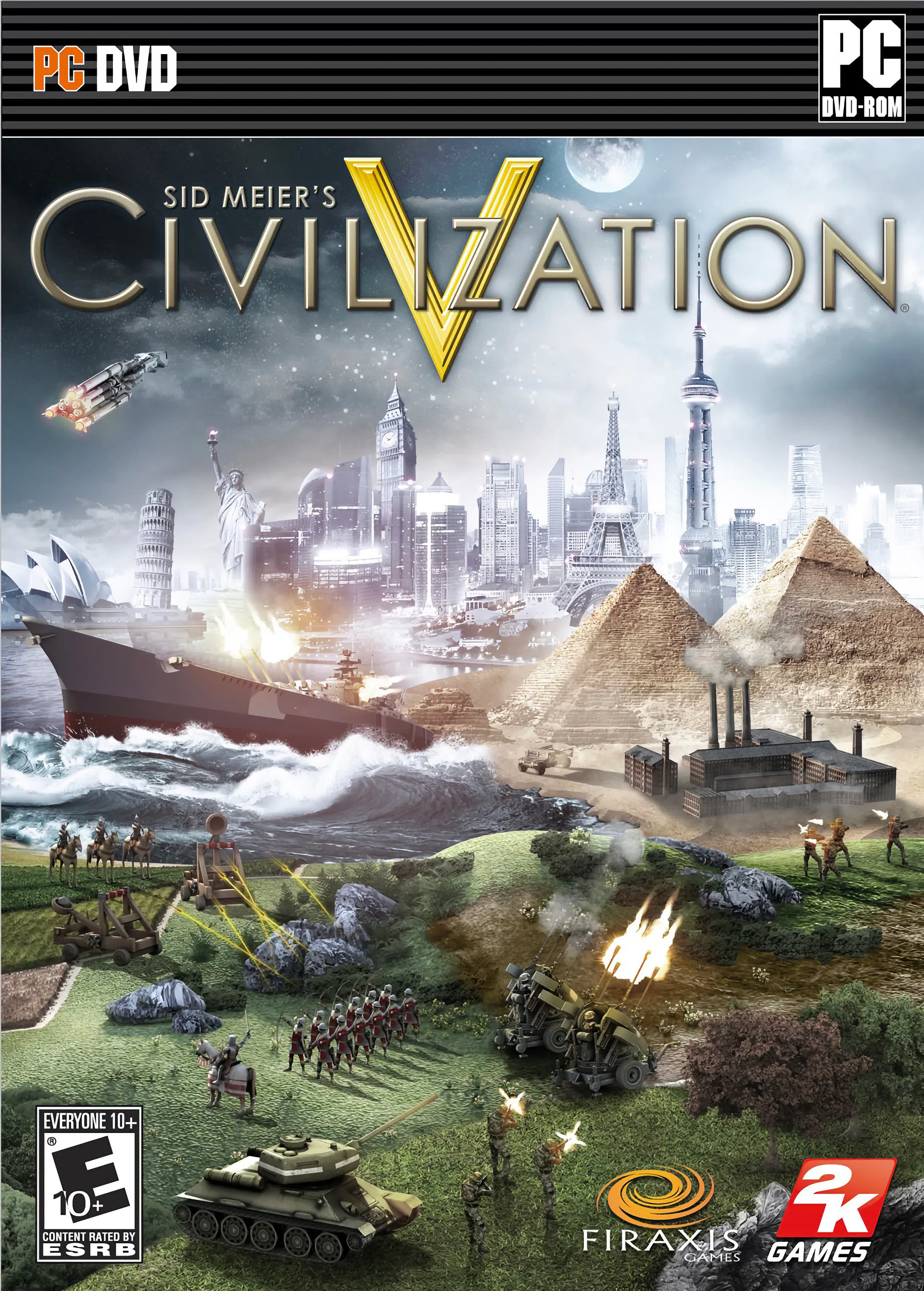
Civilization V was launched on September 2010, with Firaxis introducing UI tweaks that resulted in one of the most significant changes to the gameplay. The square tiles that had been a staple of the Civilization maps since the game's inception were replaced by hexagonal tiles, which dramatically altered the way players navigated the world map.
Transitioning to hexagonal tiles, along with an all-new graphics engine, allowed Civilization V lead designer Jon Shafer to pack more details into each tile. He also believed the new tile design would give players a more authentic experience and improved mobility. Moreover, hexagonal tiles optimized how Civilization V ran, enhancing performance. With hexagonal tiles, players now had six movement options per tile, compared to the four provided by the old square tile system.
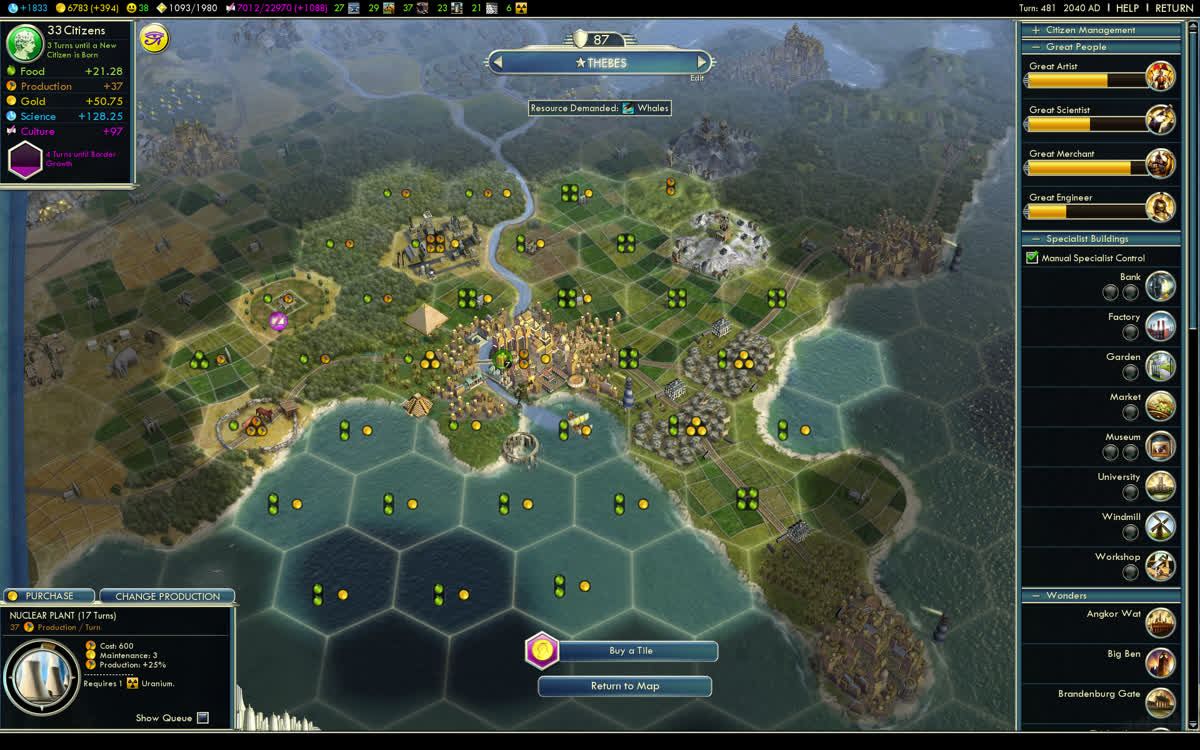
Civilization V introduced a one-unit-per-tile limit alongside the newly shaped tiles. This rule forever changed combat strategies by preventing stacks of units on a single tile and increasing the number of adjacent tiles. Consequently, even veteran players needed to revise how they approached exploring and fighting on the new map.
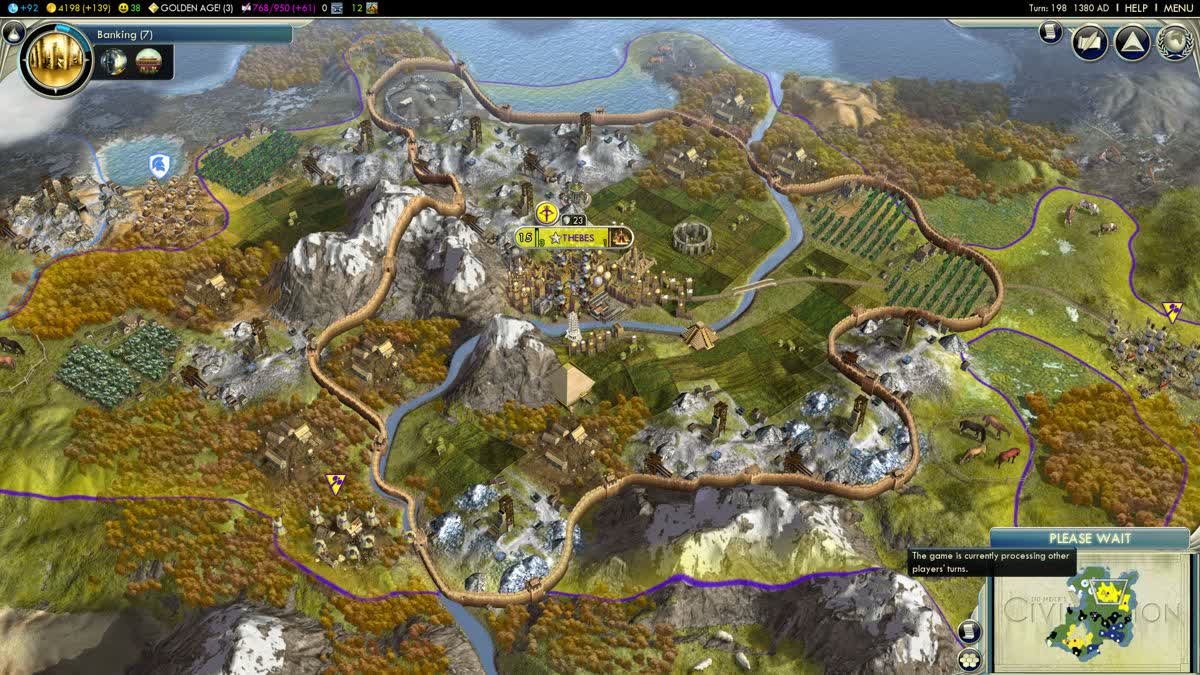
Another significant departure from past games in the franchise was the introduction of social policies in Civilization V. Replacing the civics system introduced in Civilization IV, social policies expanded the ways players could boost their civilization's performance. This feature built on the culture system, allowing players to spend their culture points in exchange for policies that benefited their civilization's research, production, military, economy, and other aspects. The structure of social policies is similar to the tech tree and is organized into three branches: Military, Economy, and Culture.
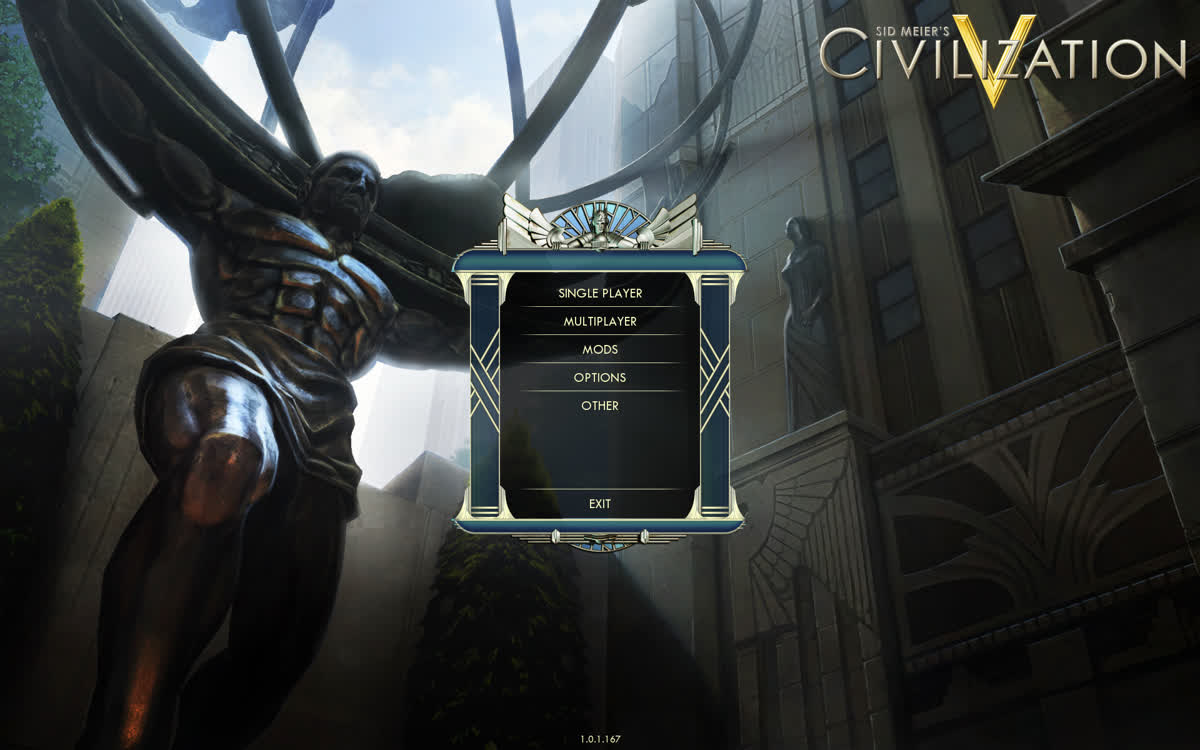
Civilization V also provided players with a new way to engage in diplomacy. The introduction of City States gave players additional minor entities with which they could forge diplomatic ties, earn bonuses, or conquer. Inspired by the prevalence of city-states in history, particularly ancient history, players could populate their new worlds with city-states, each akin to a mini-nation.
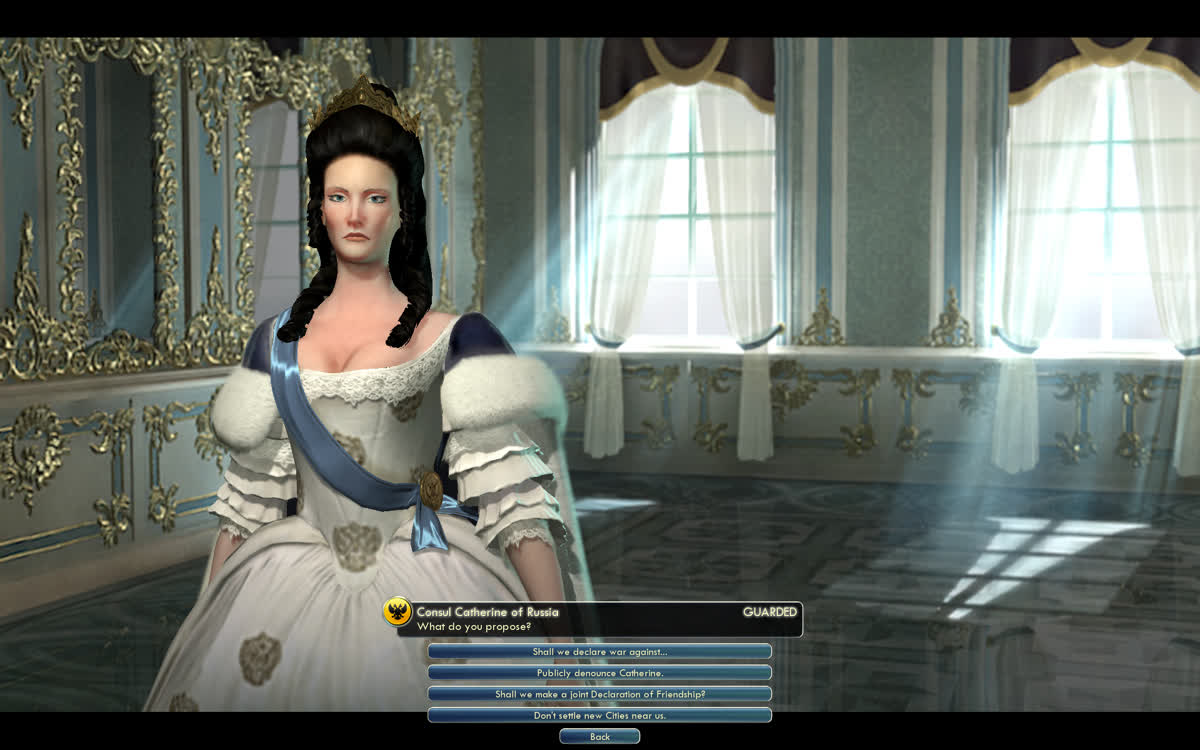
Despite the significant changes, fans of the franchise were not deterred. While there were initial reservations, Civilization V went on to sell over a million copies in just two weeks. Although official sales numbers weren't released, parent company 2K Games reported that Civilization V was the fastest-selling game in the franchise's history.
By 2018, the game had sold more than eight million copies. Critically speaking, the game earned excellent reviews from fans and critics. The game won numerous awards, including Best Strategy Game Of The Year, PC Game of the Year, Best PC Game, and two Best Strategy Game awards.
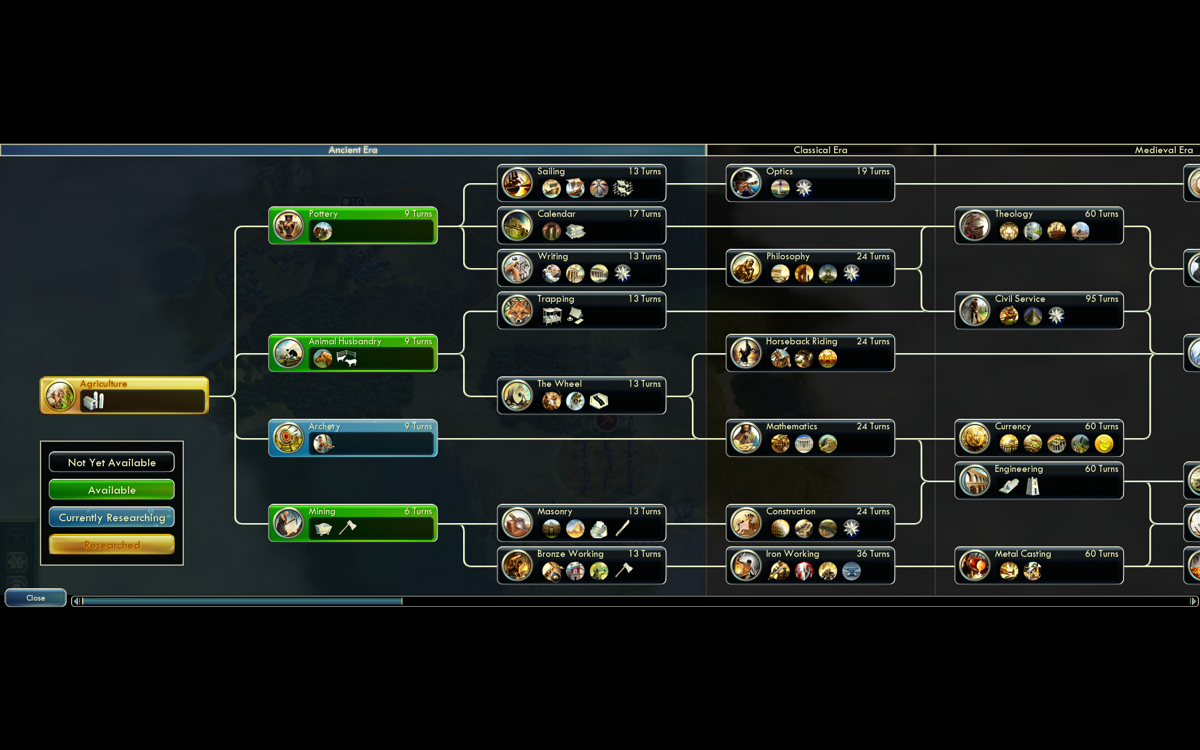
Two expansion packs, Gods & Kings and Brave New World, were released after the initial launch, further enhancing the game, as was the case with previous titles.
To this day, Civilization V is still enjoyed by tens of thousands of players, thanks to its impressive modding system, gameplay, and replayability.
Civilization VI (2016)

The latest Civilization game release as of this writing in 2023 is Civilization VI, released in 2016 to more mixed reviews than previous titles. The game took some time to find its footing, but Civilization VI still introduced several significant changes to the game's mechanics. Religion was revamped after several iterations, expanding how this mechanic worked.
Civilization VI added religious units, combat, and modifiers to religious pressure – that is, how quickly religion spread to cities. Players could also enhance their faith with additional benefits. The inclusion of districts also introduced new religious buildings that boosted religious production. Players could then use religious points to purchase units or buildings, depending on the age bonuses they selected.
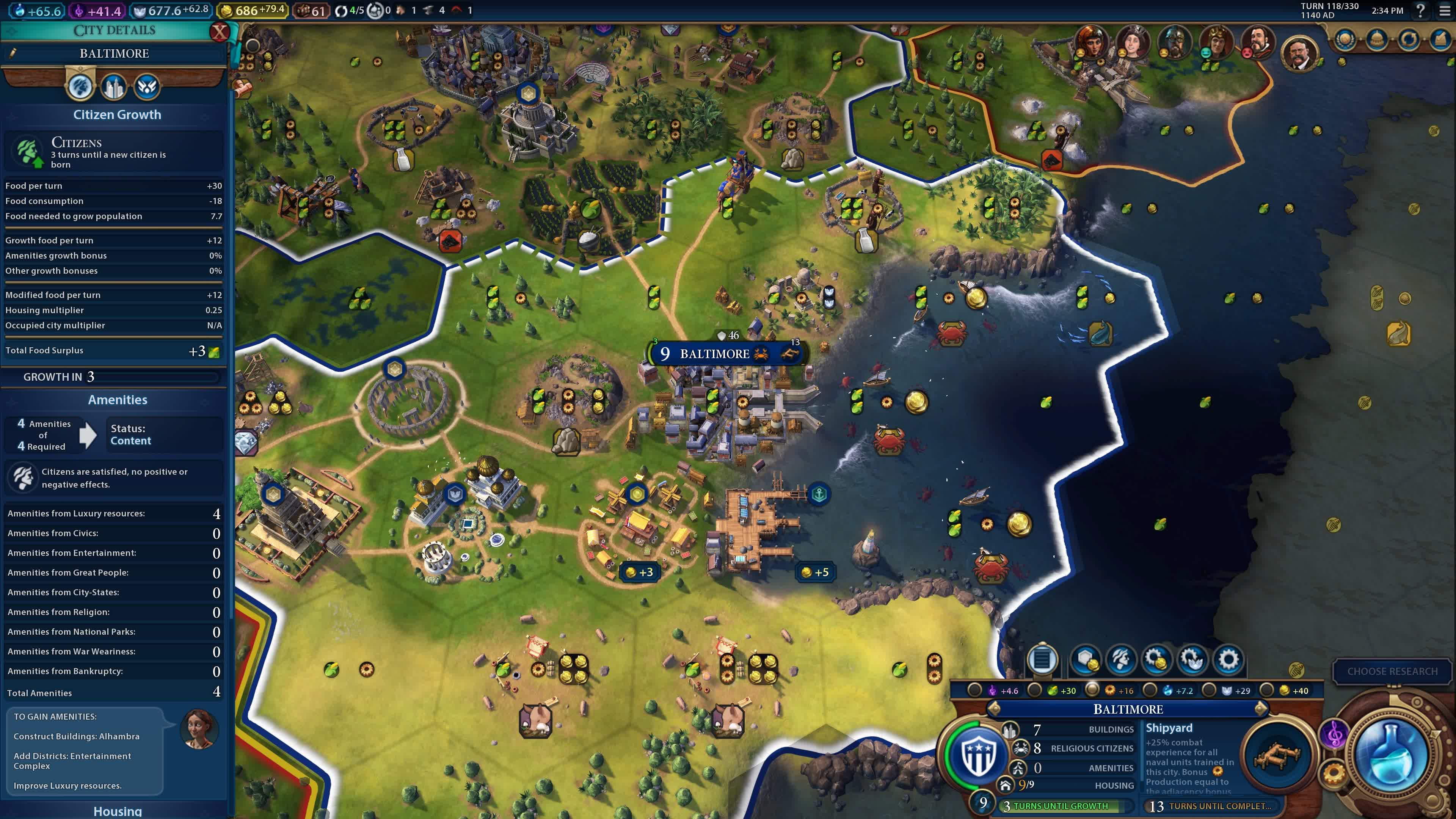
Districts, a unique tile upgrade, were added in Civilization VI. They allow players to customize their cities' unique buildings and adjust the types of resources they produce. Players can construct religious, political, production, culture, science, and other types of districts depending on the era.
A city can only support a certain number of districts based on its population, thus encouraging players to ensure growth. Each district unlocks bonuses and buildings, providing boosts to their respective resource types, increasing with each tier. Progressing along the tech tree unlocks more district buildings.

Another new feature in the Civilization VI Rise and Fall expansion is Eras. As in real life, eras are periods that approximate technological advancements. Individual players advance through four eras as they unlock technology. However, the game world progresses through eras in about 30 turns, depending on gameplay settings.
During an era, players earn points for discoveries, conversions, building wonders, and completing city-state objectives. At the end of each era, a player selects bonuses based on their score or age. Meeting the target era score triggers a normal age while falling short triggers a dark age. If a player exceeds the target by a set number, they initiate a golden age, enhancing era points and city loyalty.

Civilization VI still scored a solid 88 average from critic scores and reached a million sales within two weeks of release. It won several best game or Game of the Year awards, something the Civilization franchise is no stranger to.
Six additional DLCs added new civilizations, unique characters, and other civilization bonuses to keep the game fresh. The first of two expansions, Rise and Fall, released in February 2018, also added a system of governors and city loyalty.
A second expansion, Gathering Storm, was released on February 14, 2019, introducing a significant climate change system into Civilization, adding power and amenities as city resources and a mechanic for managing the ecological consequences of rising carbon emissions.
Influences, Spin-offs, Board Games, and Others
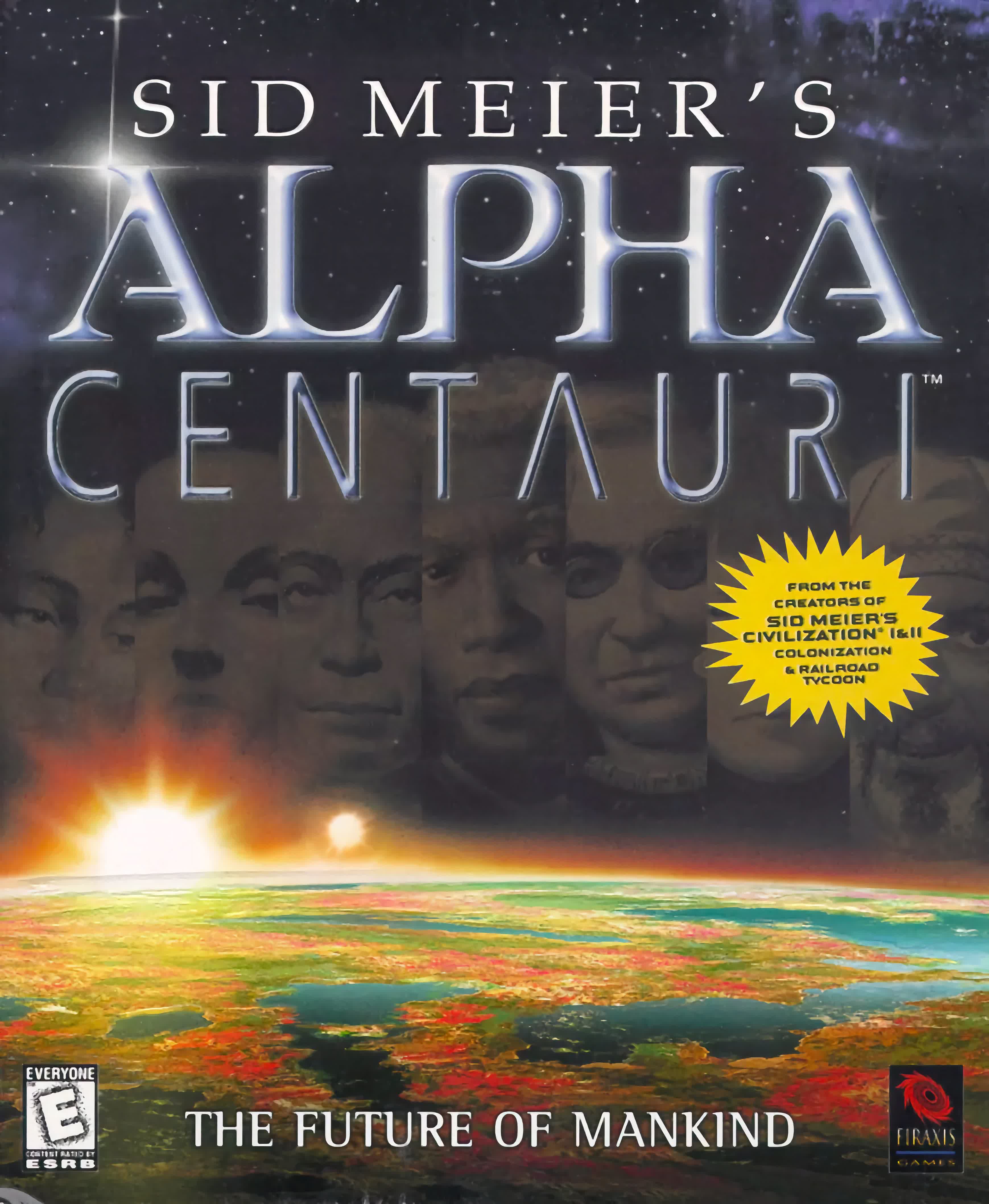
Unsurprisingly, a franchise as popular as Civilization has inspired no shortage of knock-offs and spin-offs, as well as some spiritual successors. One of the most popular, Sid Meier's Alpha Centauri, is considered by many to be the spiritual successor to Civilization II.
Using the same engine and mechanics as Civilization II, Alpha Centauri transports players to a planet called Chiron. The game was released in 1999 and features seven factions, a tech tree, a social engineering mechanic that lets players modify their government types, and an environmental damage system. Alpha Centauri proved so popular that it spawned its own spiritual successor, Civilization: Beyond Earth.

Civilization: Beyond Earth is set in the near future when humanity must leave Earth to colonize new planets. Despite sharing the title, most fans do not consider Beyond Earth part of the canonical franchise. This freedom allowed the game's designer to branch away from some familiar game elements of Civilization and experiment with new ones.
For example, the tech tree was replaced with a non-linear web, allowing players to research any technology at any time. Affinity replaced social policies from other Civilization games, while Beyond Earth introduced the ability to launch satellites to gain resource and research bonuses. Finally, Beyond Earth utilized a questing system as a pathway for players to achieve victory.
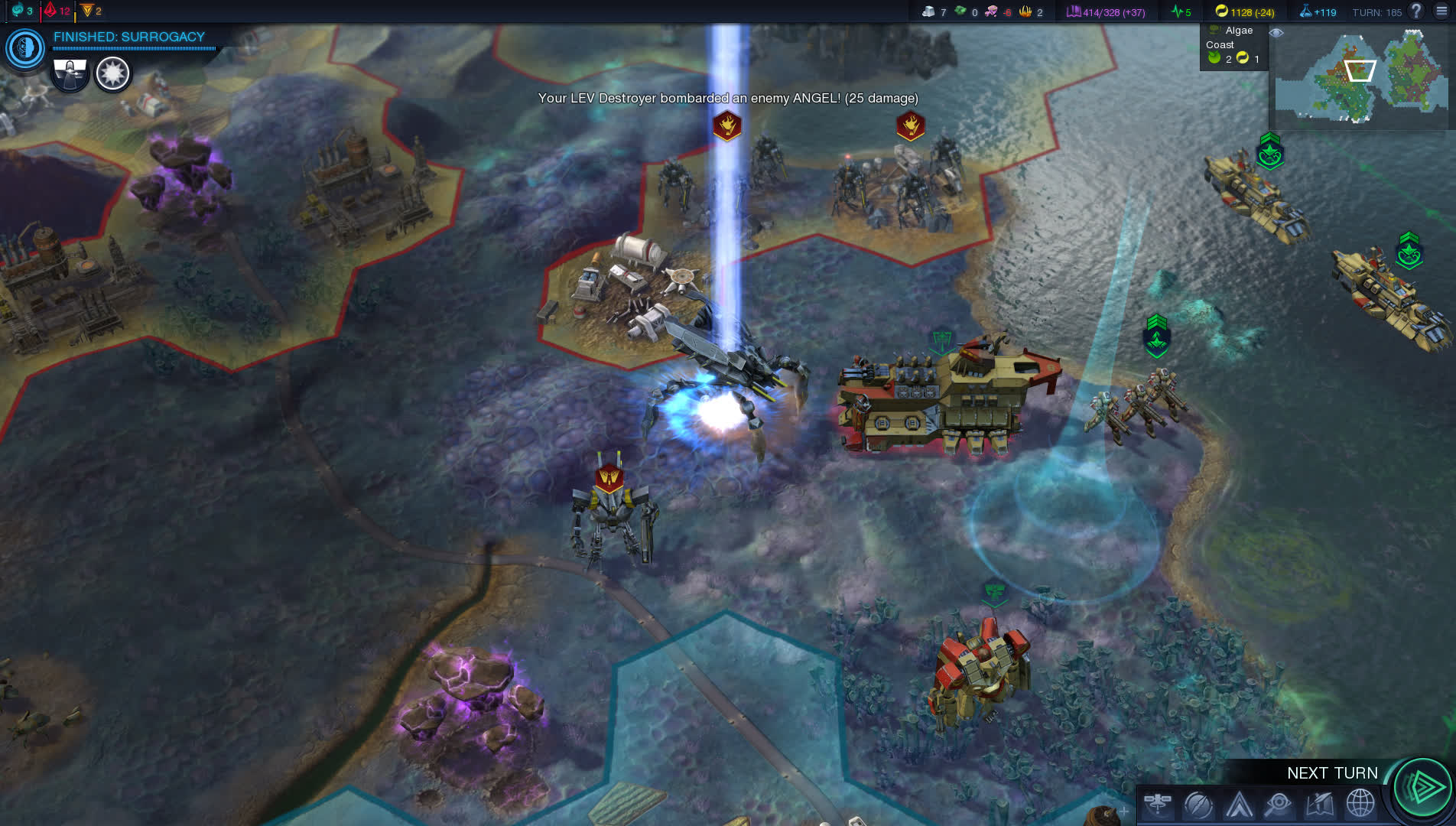
The influence of Civilization is felt throughout the strategy game genre – a genre that may not exist in its current form without the creation of Civilization. Sid Meier's Colonization was released in 1994, before Civilization II, using the same mechanics and approach but focusing on the European colonization of North America. The initial releases of Civilization and Colonization have been ported into free versions, named FreeCiv and FreeCol, respectively.

The significance of Civilization on gaming and culture in general cannot be overstated. Fans of the franchise enjoy endless games with their favorite version. Its focus on varying victory mechanics and historical cultures, combined with enthralling musical scoring, transports players into cultures they might not otherwise explore.
The "one more turn" meme exists for a reason, and once you've had a go at Civilization, it all makes sense. The good news is that Civilization is here to stay, and fans eagerly anticipate the next sequel in the franchise.
本文地址:http://signalforexgratis.com/overbought-dan-oversold/
版权声明
本文仅代表作者观点,不代表本站立场。
本文系作者授权发表,未经许可,不得转载。